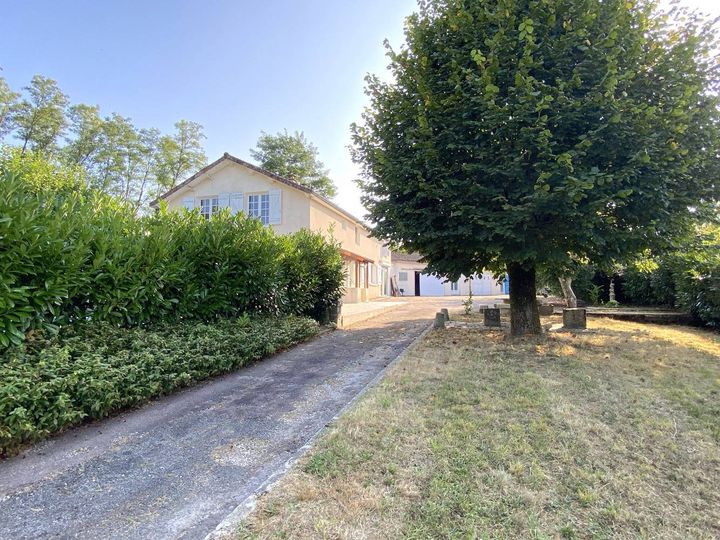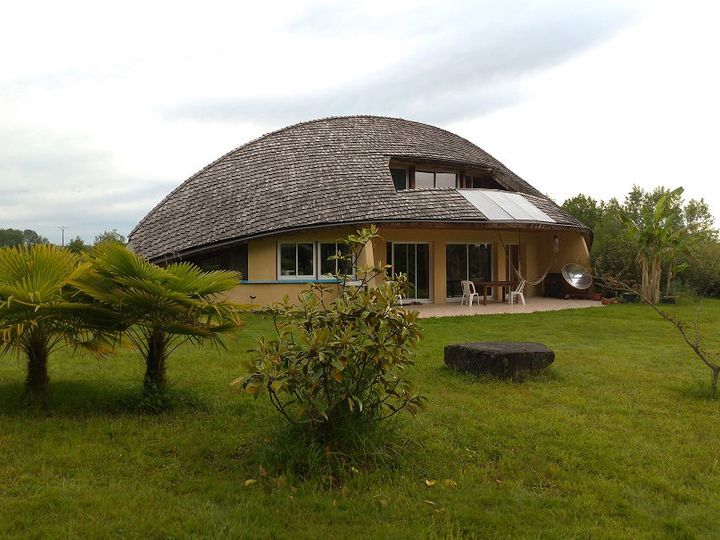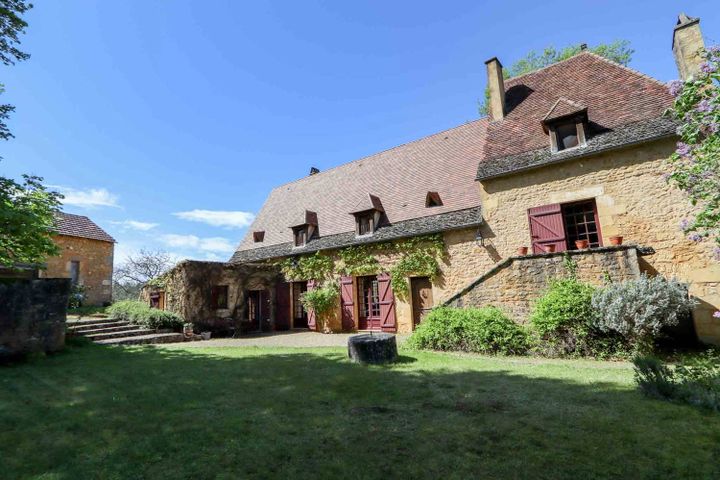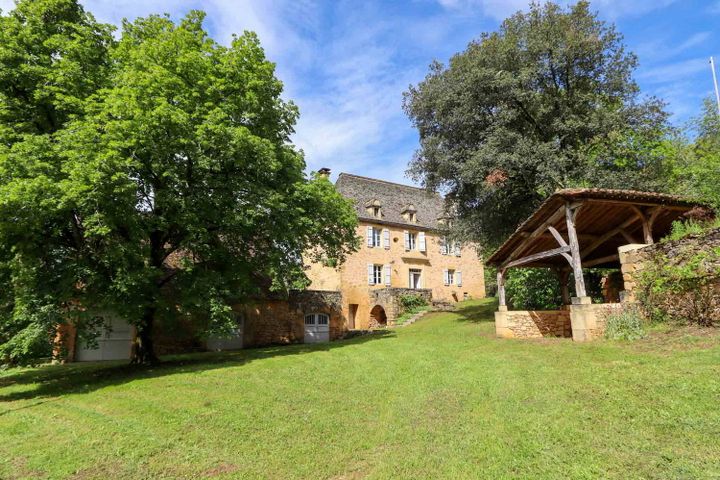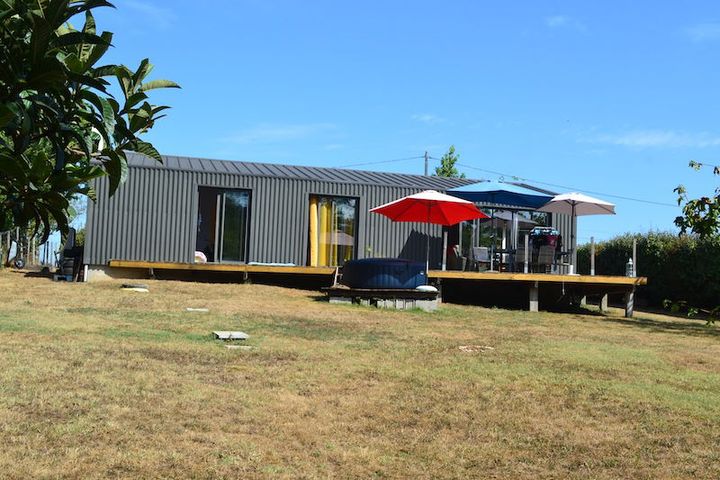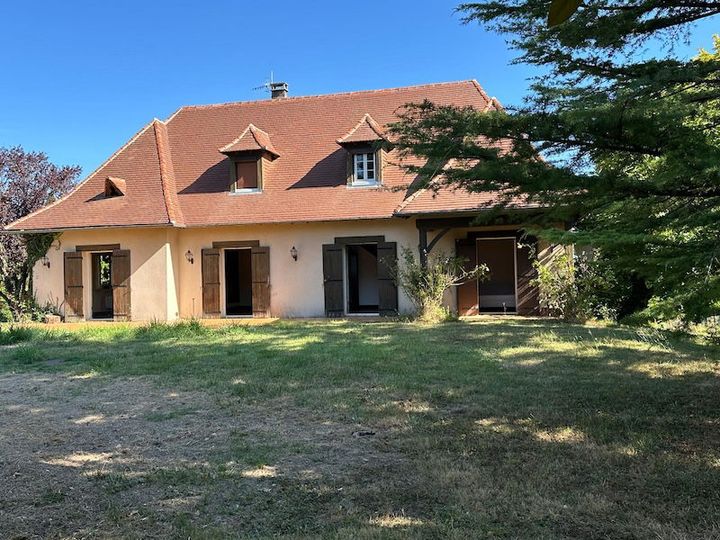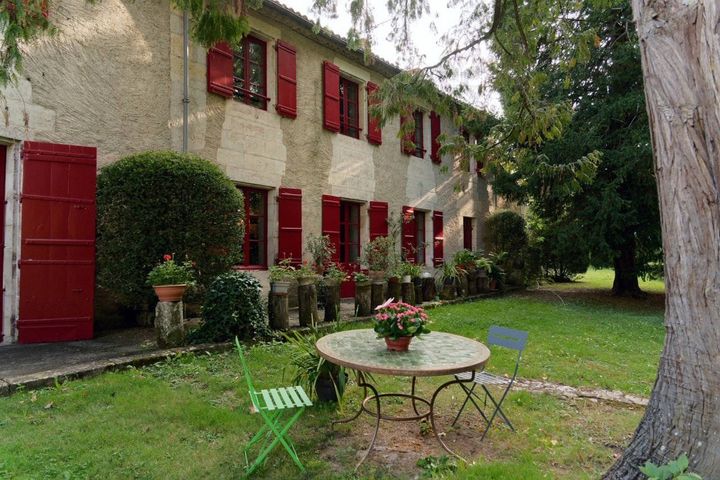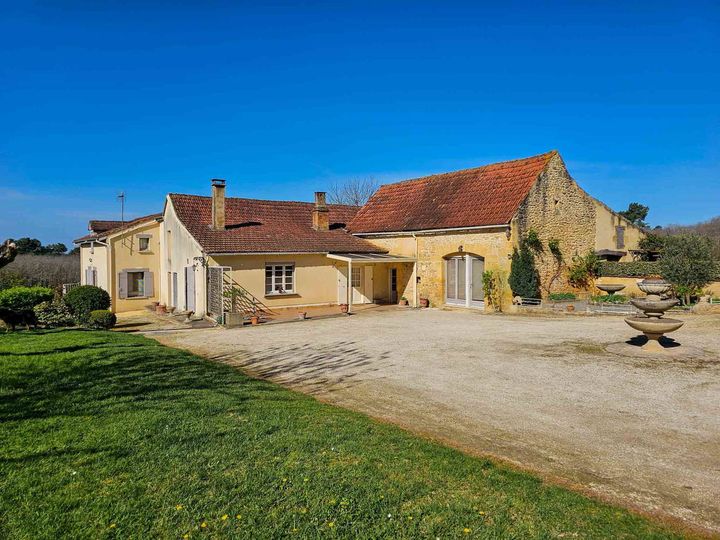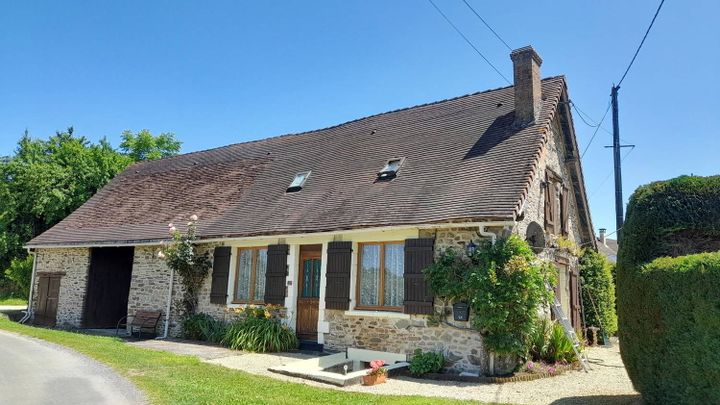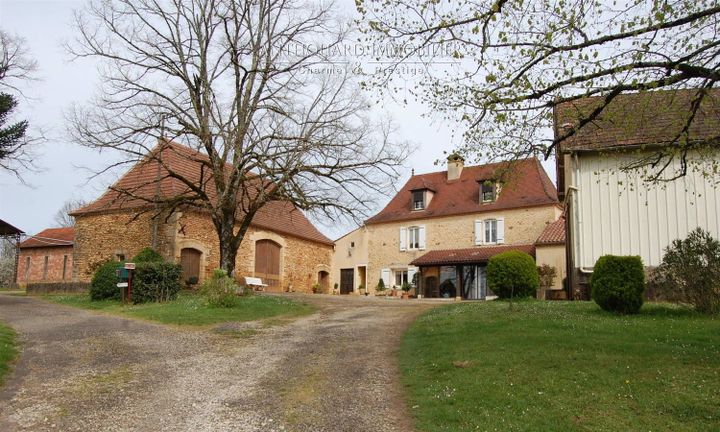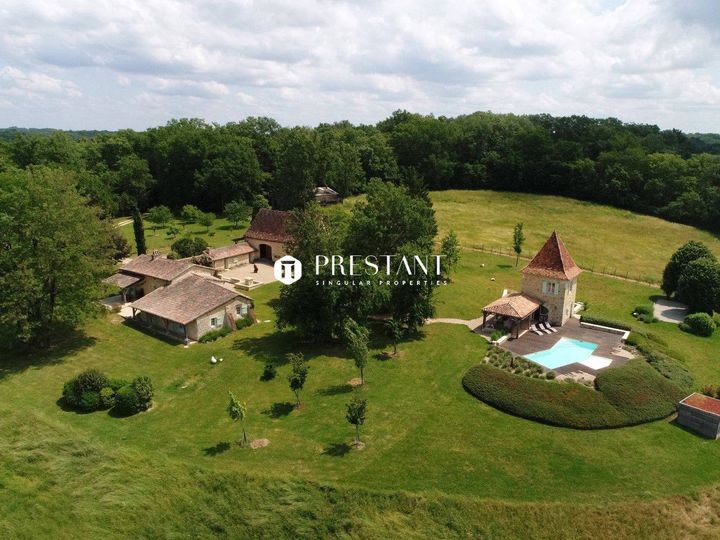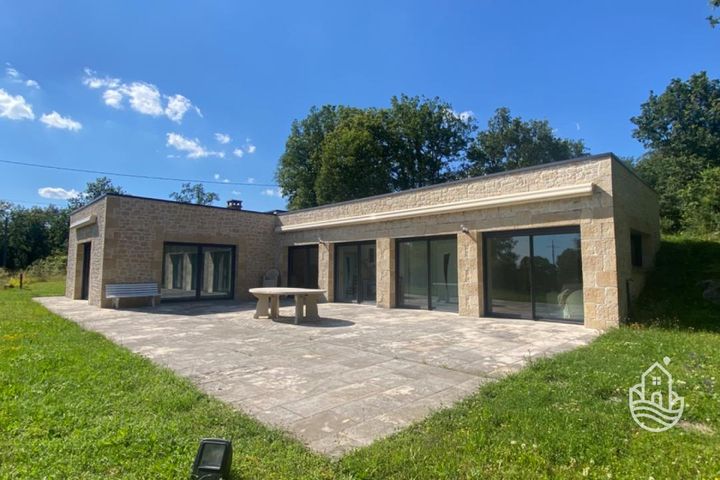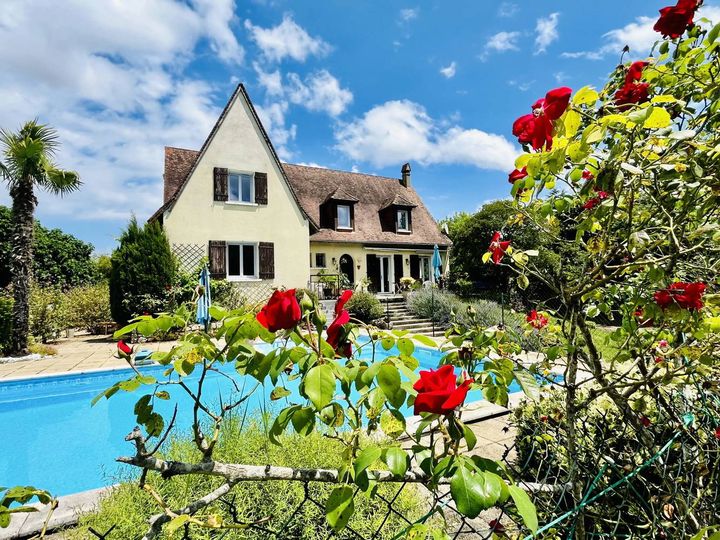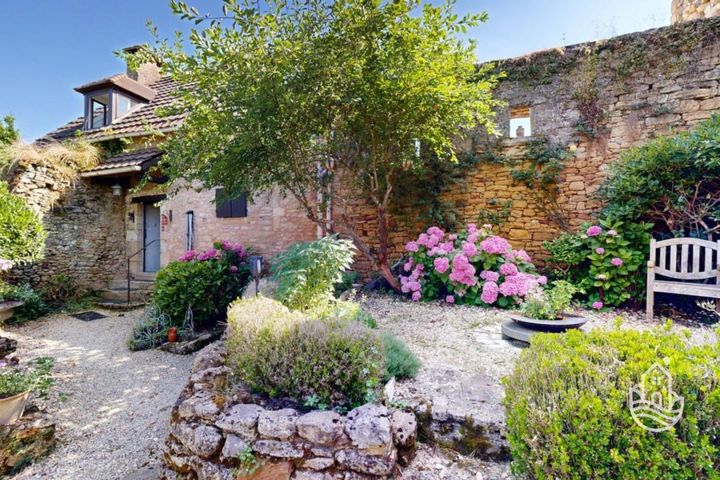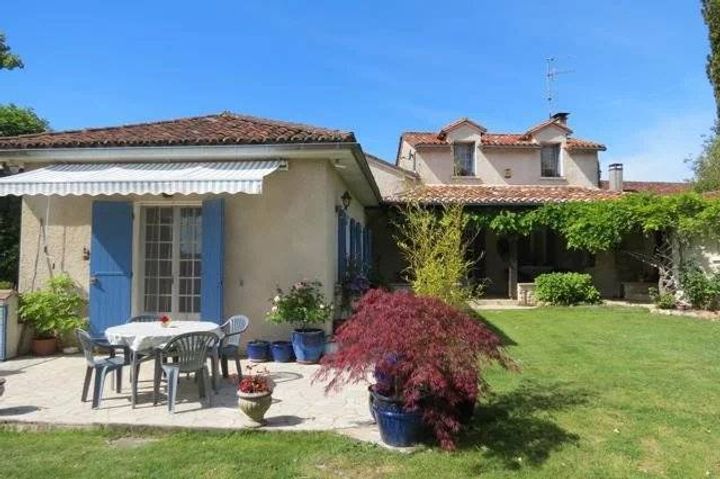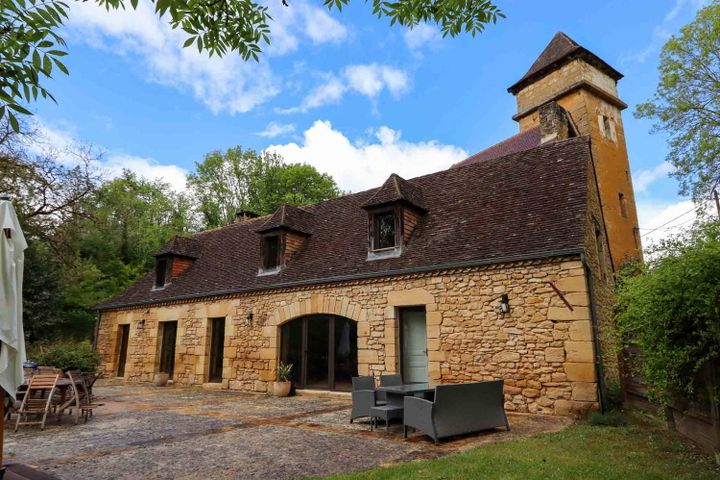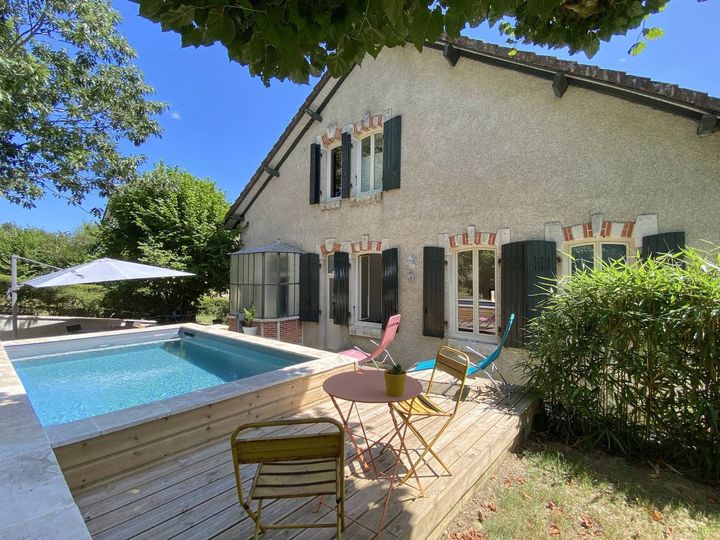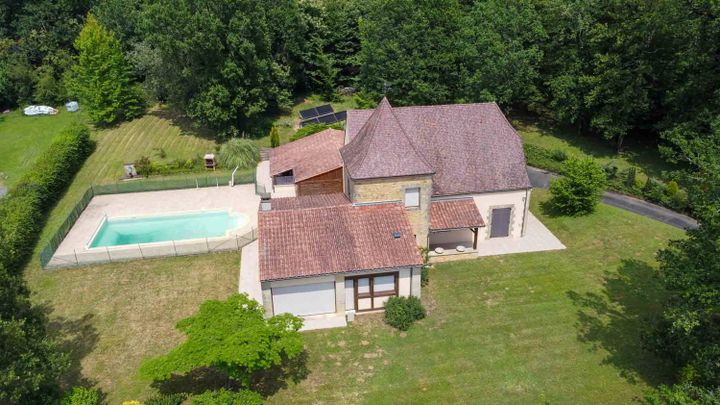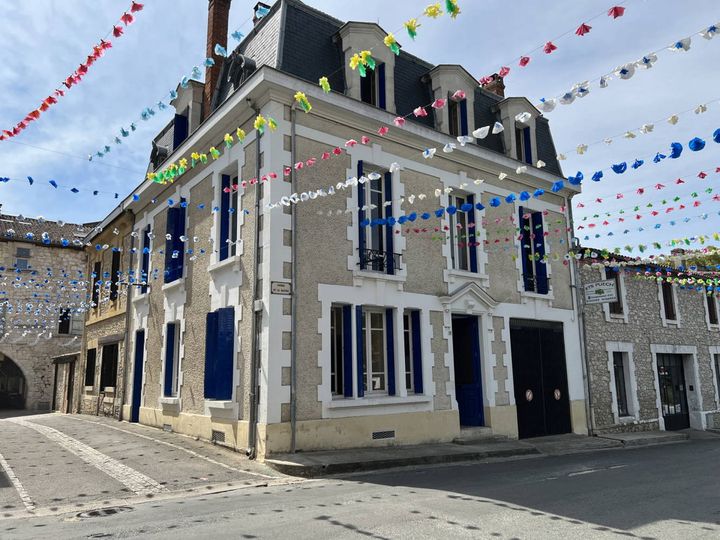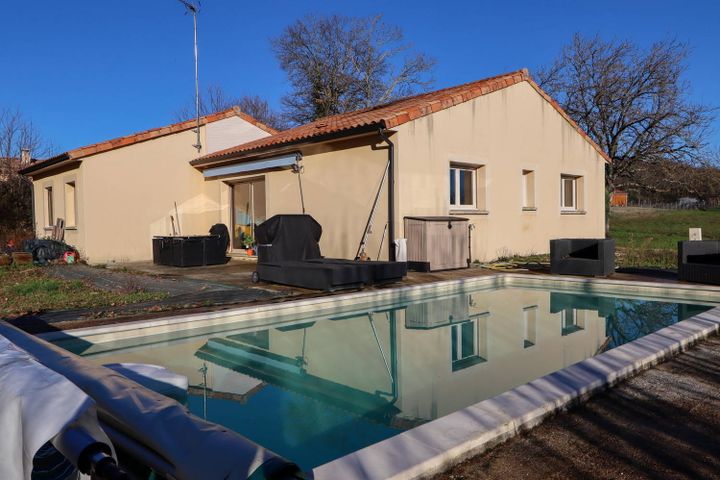Several factors influence real estate prices in Dordogne, including geographical location, local amenities, and market trends. Properties situated near popular tourist attractions, such as the prehistoric caves of Lascaux or the medieval town of Sarlat-la-Canéda, tend to command higher prices due to increased demand from both homebuyers and investors. The region's rural charm and natural beauty, characterized by rolling hills and rivers, also contribute to property values, especially for homes with scenic views or large gardens. Additionally, accessibility plays a crucial role; homes near key transport links, like the A89 motorway or Bergerac Airport, are often priced higher due to their appeal to those seeking a convenient connection to larger cities. Areas that offer vibrant local markets, cultural activities, and amenities such as restaurants and shops typically see more robust real estate prices as they attract a diverse demographic, including retirees and expatriates. Moreover, broader economic conditions, such as changes in employment rates and interest rates, influence buyer confidence and purchasing power within the Dordogne real estate market.
Dordogne
Location
Price Range
Any price
Price Range
Minimum
No min
Maximum
No max
Property type
Show all
Property type
Show all
House
Apartment
Building
Other
Bedrooms
Any beds
Bedrooms
Minimum
No min
Maximum
No max
Surface Range
Any surface
Surface Range
Minimum
No min
Maximum
No max
Sale type
For sale
Sale type
Show all
To rent
For sale
Location
Apartments and houses for sale in Dordogne
321 results
Recent
Dordogne insights
| Aspect | Summary |
|---|---|
| Population | 420,000 |
| Average Property Price | €250,000 |
| Rental Yield | 4.5% |
| Average Rent | €1,125/month |
| Occupancy Rate | 70% |
| Capital Growth Rate | 3% annually |
| Property Tax | €1,500/year |
| Transaction Costs | 7% of property price |
| Expected ROI | 7% |
| Economic Growth Impact | Moderate |
Dordogne FAQ
What factors influence real estate prices in Dordogne?
How have real estate prices in Dordogne changed over the past few years?
Real estate prices in Dordogne have seen a noticeable increase over the past few years, largely fueled by the region's appeal to both domestic buyers and foreign investors, particularly from the UK and the Netherlands. For instance, properties in popular towns such as Sarlat-la-Canéda and Bergerac have experienced price appreciation, with average prices rising by approximately 5-10% annually. A typical stone cottage in the countryside, once listed around €150,000, can now fetch between €180,000 and €200,000, driven by growing demand for rural retreats post-pandemic. Additionally, the luxury market has also expanded, with more discerning buyers seeking high-end estates, resulting in properties nearing €1 million becoming more common, particularly in scenic locations near the Dordogne River. This upward trajectory in prices is also reflected in the increasing competition for listings, as many homes are selling within weeks of being on the market.
Is Dordogne considered an expensive place to buy property?
Dordogne, located in the southwestern part of France, is often seen as a region with a mix of property prices that can cater to various budgets. The average price per square meter for real estate in towns like Sarlat-la-Canéda and Bergerac tends to be higher than in more rural areas, reflecting their popularity among tourists and expats. For example, in the heart of Sarlat, prices can reach around €2,500 per square meter, while properties in smaller villages can drop to €1,200 per square meter or lower. Historical properties, particularly those with character, such as traditional stone houses or châteaux, can demand premium prices, sometimes exceeding €500,000. Additionally, the local market has seen price increases recently, driven by demand for both permanent residences and holiday homes, making some buyers feel the pinch in certain sought-after areas.
What is the average price of a house in Dordogne?
The average price of a house in Dordogne varies significantly depending on the location and type of property. As of 2023, the average price for a home in the region hovers around €165,000, but this can range from as low as €80,000 for smaller apartments or houses needing renovation to over €400,000 for larger, more modern homes in popular areas like Sarlat-la-Canéda or near the river Dordogne. Rural properties, especially those with land, tend to be more affordable, while charming stone châteaux or houses with panoramic views command higher prices. For example, a three-bedroom house in a quiet village might be listed at €120,000, while a four-bedroom farmhouse with extensive grounds could reach upwards of €250,000.
Are property prices in Dordogne higher in rural areas or towns?
Property prices in Dordogne tend to vary significantly between rural areas and towns. In towns like Sarlat-la-Canéda and Bergerac, where amenities and transport links are more accessible, prices can be relatively high. For instance, a two-bedroom house in Sarlat can fetch upwards of €200,000 due to its popularity with tourists and the influx of retirees seeking a vibrant community atmosphere. In contrast, rural areas often offer more affordable options. Villages like Saint-Aulaye or Hautefaye might see similar properties priced between €100,000 and €150,000, reflecting their remote nature and lesser demand. However, this price differential can be influenced by the charm of specific villages or proximity to local attractions, which occasionally leads to higher values even in rural settings.
How do seasonal trends affect real estate prices in Dordogne?
Seasonal trends significantly impact real estate prices in Dordogne, particularly due to its appeal as a tourist destination. In the spring and summer months, the influx of tourists and expatriates driving demand for vacation homes often leads to price increases, with properties near picturesque villages and scenic countryside garnering higher valuations. For instance, popular areas like Sarlat-la-Canéda or Beynac-et-Cazenac witness heightened competition, pushing up prices as buyers seek to capitalize on the vibrant local markets. Conversely, during the winter months, demand typically wanes, causing property prices to stabilize or drop slightly as fewer buyers are active. Additionally, certain regions may see fluctuations in prices based on local events or festivals, which can attract seasonal visitors and spur short-term interest in real estate. This cyclical pattern indicates a direct correlation between real estate trends and seasonal tourism in the Dordogne region.
What are the costs associated with buying property in Dordogne?
When considering purchasing property in Dordogne, potential buyers should anticipate several costs beyond the property price itself. Notary fees typically range from 7% to 8% of the purchase price, which includes taxes and fees associated with the transfer of ownership. For example, on a property listed at €300,000, buyers might expect to pay about €21,000 to €24,000 in notary fees. Additionally, there are taxes such as the taxe foncière (property tax) and taxe d'habitation (residence tax) that vary by location, with the taxe foncière averaging around €1,200 to €1,500 annually in rural areas. Agents' fees, if applicable, usually range from 3% to 10% of the sale price, which can add significant costs if not negotiated beforehand. Buyers should also consider the costs for renovations or repairs, as many properties in Dordogne may require updates or maintenance, which could range from a few thousand euros for basic repairs to tens of thousands for significant renovations. Maintenance of the property, including garden upkeep or pool care, can also add to the ongoing expenses. Home insurance is another essential cost, potentially costing between €300 to €800 a year based on the property type and location.


